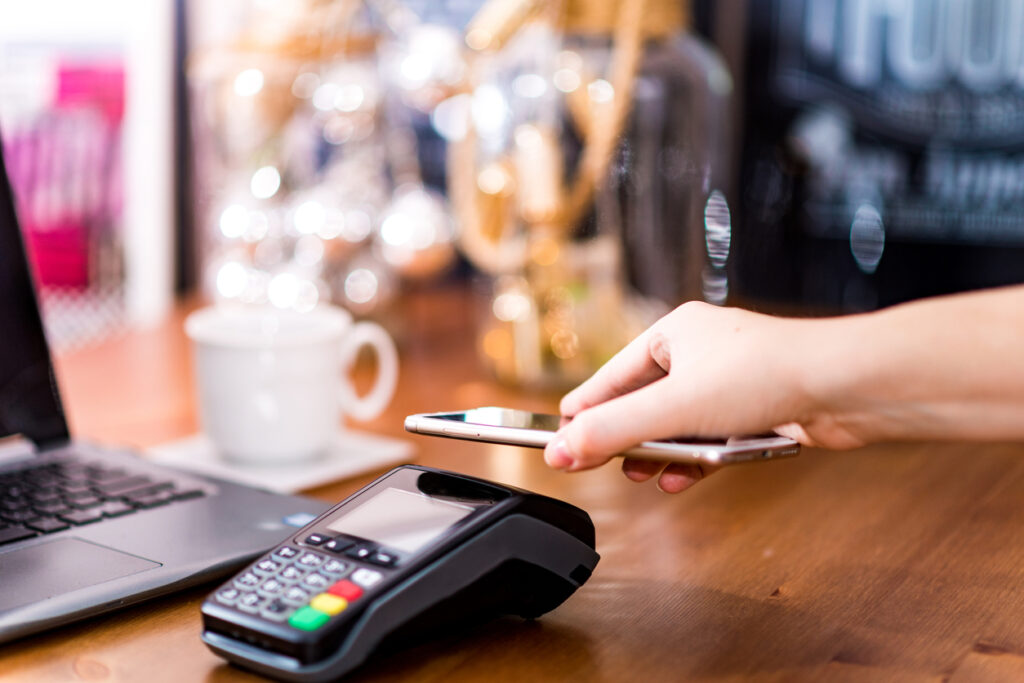Cybersecurity attacks are increasing as hackers devise new attack vectors every day. Point of sale (POS) systems in retail businesses are some of the prime targets of these attacks. Hackers attempt to steal credit card data for fraud.
Retailers, restaurants, and hotels have all been victims of cyberattacks. Given the prevalence of attacks and the devastating aftermath, security experts encourage mixed approaches to secure businesses from POS cyber-attacks.
What Is POS Security?
POS security refers to creating a secure environment for customers to complete their purchases and pay for goods or services. It entails preventing unauthorized users from accessing the POS to protect customers and the business’s confidential data like credit card information.
While this sounds simple, implementing and maintaining POS security can be challenging. The primary reason is that the POS system has many components, making it difficult to protect every surface that hackers can target. It also becomes challenging to achieve POS security if the system is outdated or the business lacks sufficient remote access tools.
Steps to Secure the Point of Sale Systems
POS security is complex because attacks are sophisticated and evolve with each passing day. Here are some recommendable steps that can reduce the threat of a successful attack if well implemented:
1. Implement PCI-Validated Point-to-Point Encryption (P2PE)
Every retailer must adhere to the Security Standards Council’s (SSC) requirements for the Payment Card Industry (PCI). Non-compliance to these standards attracts a penalty. Many cheaply available POS systems don’t offer this extra validation and security control.
Having a compliant POS system may attract higher costs, but doing so significantly reduces the potential for becoming a POS fraud victim. The approved scanning vendor companies are available on the PCI SSC website.
It’s also a requirement to adopt the EMV (chip card) instead of a magnetic chip card to reduce the possibility of fraud. Retailers can also opt not to require signatures on receipts. Data obtained from P2PE is encrypted as a code or token, making it impossible for hackers to use it.
2. Use an iPad for Your Point of Sale Systems
Most POS attacks happen because of malware applications loaded into the POS system’s memory. The approach provides a leeway for hackers to secretly upload malware apps into the POS systems to steal data without the POS users realizing it. Further, the strategy here is that a second app runs concurrent to the POS system, facilitating an attack.
An iOS traditionally facilitates fewer attacks because it can run only one app at a time. Cyberattacks of this nature rarely happen on Apple-made devices.
3. Monitor Your POS Constantly
POS attacks can happen in several ways. Hackers can spread malicious codes that breach the remote access services that maintain the payment processing systems. The remote access services may also have a poor configuration with easy-to-guess passwords.
It makes it easy for hackers to break in and distribute malware that affects hundreds of point-of-sale machines. Such malware is usually tricky to detect and can sneak past antivirus programs. It then quickly extracts payment data even if traditional firewalls are in place.
The malware sends out the stolen data to hackers, which appears like a regular activity within the system.
Businesses can prevent this by installing two-factor authentication if they provide remote access to their POS systems. It prevents them from relying on password logins and also prompts them to be more vigilant when the system asks for unsolicited additional login credentials. It’s also crucial to monitor every computer and platform to ensure nothing has changed overnight.
4. Run POS Program Updates Often
Updating retail programs is easy, but most businesses often overlook its importance. It’s a diligent and reliable approach to managing patches and ensuring your systems are well-protected against even the newest vulnerabilities.
If your system has old programs that you no longer use, uninstall them. The best time to run updates is a time when they won’t interrupt a point-of-sale transaction. Set a reminder to check or install updates before or after working hours.
5. Restrict the Point of Sale Systems Access to a Select Few
An easy yet effective way to protect POS data is to create employee groups and provide role-based access. Thus, limiting POS system access to the features each employee needs depending on their roles.
It’s always an excellent idea to keep the number of employees with access to a minimum. You can determine employee tires that can access customer data and alarm codes. It’s also easier to dictate who creates or submits new orders on behalf of the establishment in the POS system.
6. Install Antivirus on the System
Installing an antivirus is a simple and obvious technique to curb POS cyberattacks. Antivirus programs scan your POS software and detect malicious files or apps that you should remove immediately. They also create alerts on the trouble areas to enable you to initiate a cleansing process to prevent malware from wreaking havoc.
7. Test Your POS System for Vulnerabilities
When businesses purchase point of sale systems, they rarely check their security features. Most of them assume that what they buy is secure by default because the system complies with industry standards. It’s not always true and is why businesses should routinely test their POS systems to identify vulnerabilities.
A security specialist can test the system to identify weak points or vulnerabilities. They’ll also put measures to secure the system and implement the abovementioned steps.
8. Train Employees on POS Security

Unsuspecting employees may receive email requests to provide their employee or vendor credentials through malicious links. The demands could also happen via the phone by malicious actors impersonating the IT team.
It’s crucial to train teams on the importance of POS security and how to identify potential cyberattack threats. Then, ensure they have adequate and ongoing information on ways to protect themselves from social engineering attacks.
Partner Cybersecurity Expert to Protect Your Point of Sale Systems
Maintaining your retail POS system security to prevent data breaches is ongoing. It can become overwhelming for your team, mainly because they have to monitor the system to identify and prevent potential attacks constantly. It keeps them from engaging in more productive tasks to grow the business.
You can take the hassle off your IT team by partnering with a managed service provider (MSP). Avantech IT specializes in providing IT security services for small and retail businesses. Contact us today to schedule a consultation to discuss your business IT needs.

